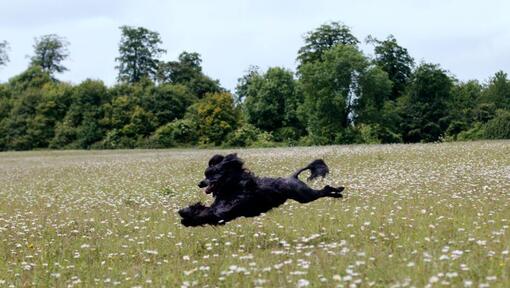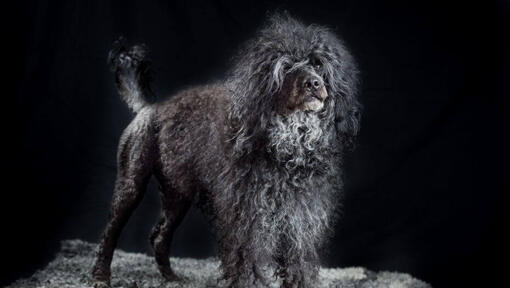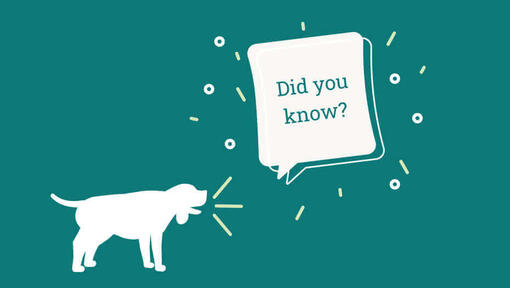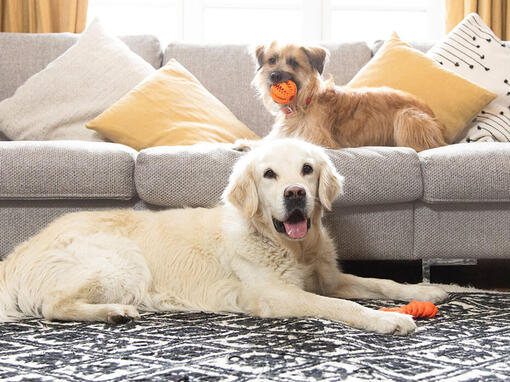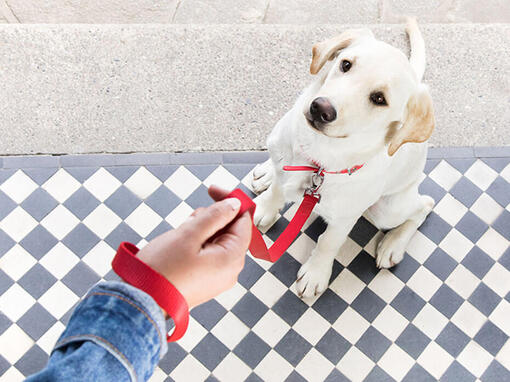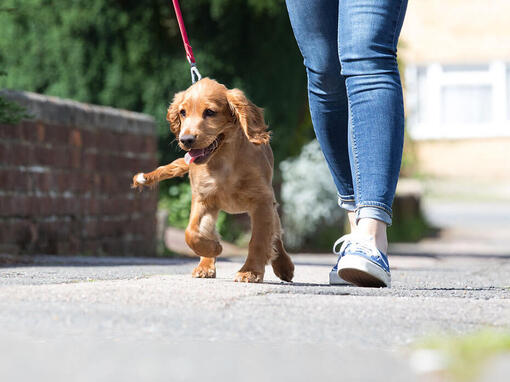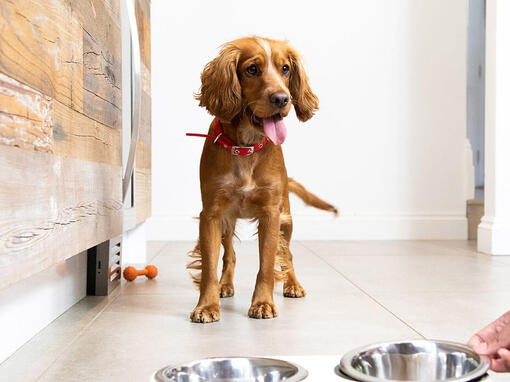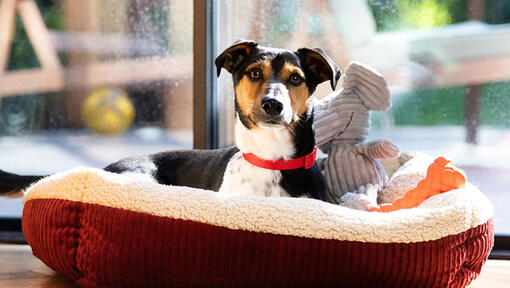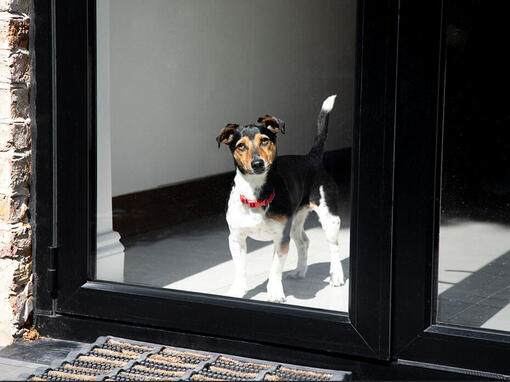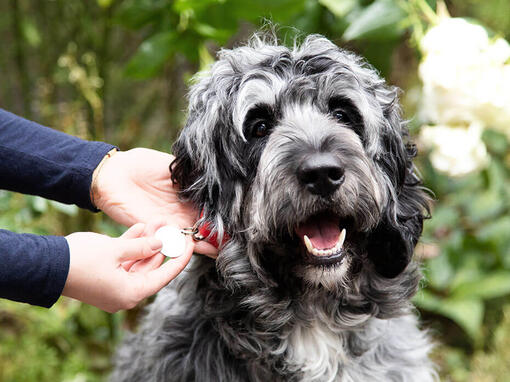History and Origins
Country of Origin: Portugal
An ancient breed, the Portuguese Water Dog is closely related to the other waterfowl retrieving dogs of Europe but it is not classed as a gundog as its skills were put to very different uses. Instead of being a retriever, the Portuguese Water Dog was very much a fisherman’s friend working alongside their owners on the southern coast of Portugal - and would herd fish, move nets, retrieve escaped fish and would even take messages from boat to boat. With their keen eyesight, they would alert fishermen to shoals of fish in the water and on foggy nights, they would even act as a canine foghorn, barking to alert other boats to their presence.

